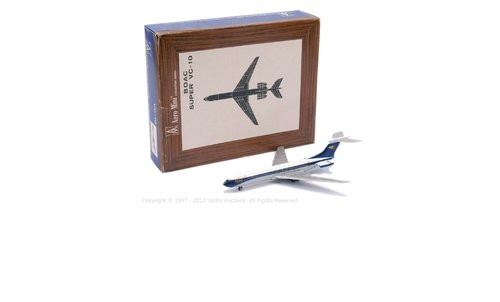- Joined
- 27 September 2006
- Messages
- 5,744
- Reaction score
- 5,631
One UK aircraft has been around me more than any other, and no, its not my beloved TSR2, AVS or Boeing SST. It is the VC 10
My Dad made me the Airfix kit. Until recently and from the age of 9 I could watch these elegant planes in their smart RAF colours doing circuits in and out of Brize Norton.
I narrowly missed flying to Khartoum on one, BA used a clapped out 707 instead.
Numerous models and books about or containing the VC10 fill my shelves.
A BOAC VC10 will probably be the model that I grab when I have to go into the Twilight Home...
Google Aeromini BOAC VC 10 and there are plenty of cheapish ones out there if you feel the same. Or post your iconic plane or project.
My Dad made me the Airfix kit. Until recently and from the age of 9 I could watch these elegant planes in their smart RAF colours doing circuits in and out of Brize Norton.
I narrowly missed flying to Khartoum on one, BA used a clapped out 707 instead.
Numerous models and books about or containing the VC10 fill my shelves.
A BOAC VC10 will probably be the model that I grab when I have to go into the Twilight Home...
Google Aeromini BOAC VC 10 and there are plenty of cheapish ones out there if you feel the same. Or post your iconic plane or project.

